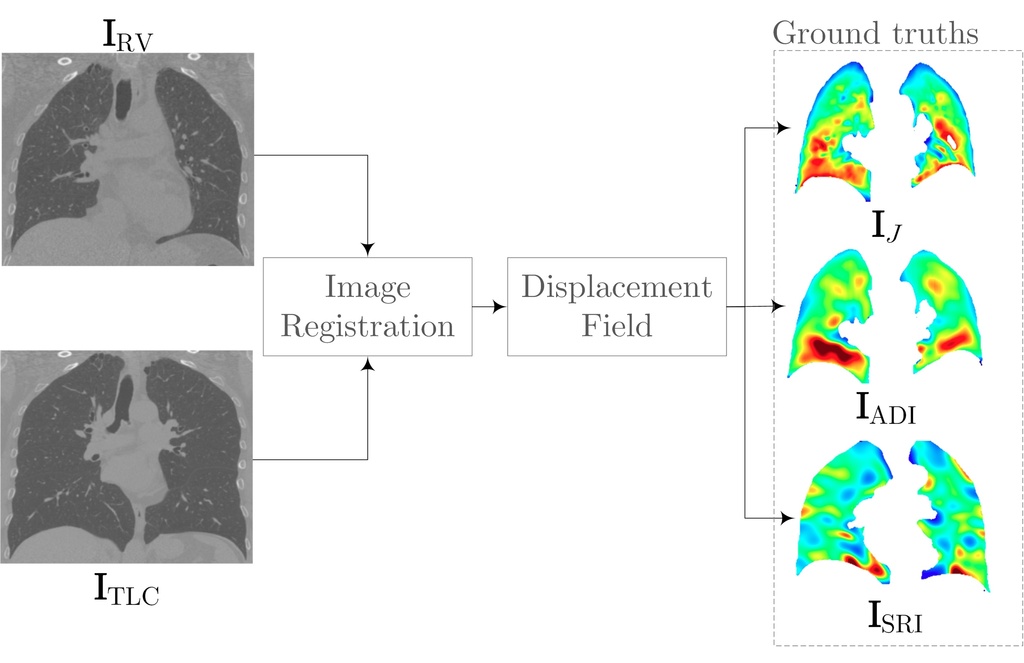
Chronic Obstructive Pulmonary Disease (COPD) manifests itself as a heterogeneous mixture of airways disease and parenchymal tissue damage. Computed tomography (CT) imaging has been used to detect, assess, and characterize COPD. One approach for using CT imaging to assess COPD relies on image registration to match inspiratory and expiratory images to extract biomarkers reflective of local tissue biomechanics. Despite the initial success of such biomarkers, their diagnostic performance and stability across registration methods is yet to be studied. In this study, we evaluated the ability of pulmonary biomechanical features to explain several clinical parameters across four state-of-the-art image registration algorithms. We extracted features from three registration-based measures of lung mechanics: the Jacobian determinant, the anisotropic deformation index (ADI), and the slab-rod index (SRI). Four state-of-the-art registration methods were used to derive these measures and consequently four different biomechanical feature sets were constructed. We analyzed and compared the stability of these features for predicting airflow obstruction, COPD severity, and different spirometric measures. Biomechanical features were consistent across all four registration methods and were independently able to explain most of the variance in the spirometric measures. These variables predicted airflow obstruction and COPD stage with an average area under receiver operating characteristic curve of 0.86 and 0.80, respectively.
